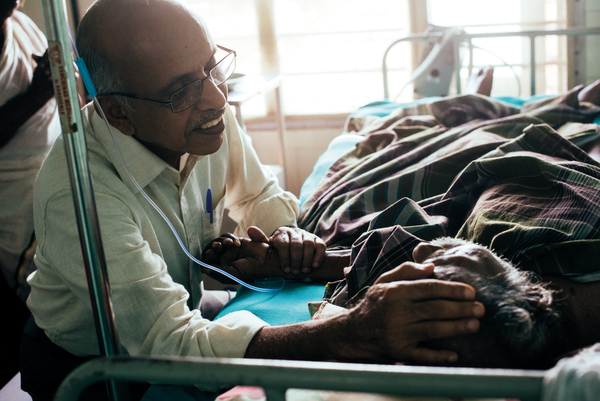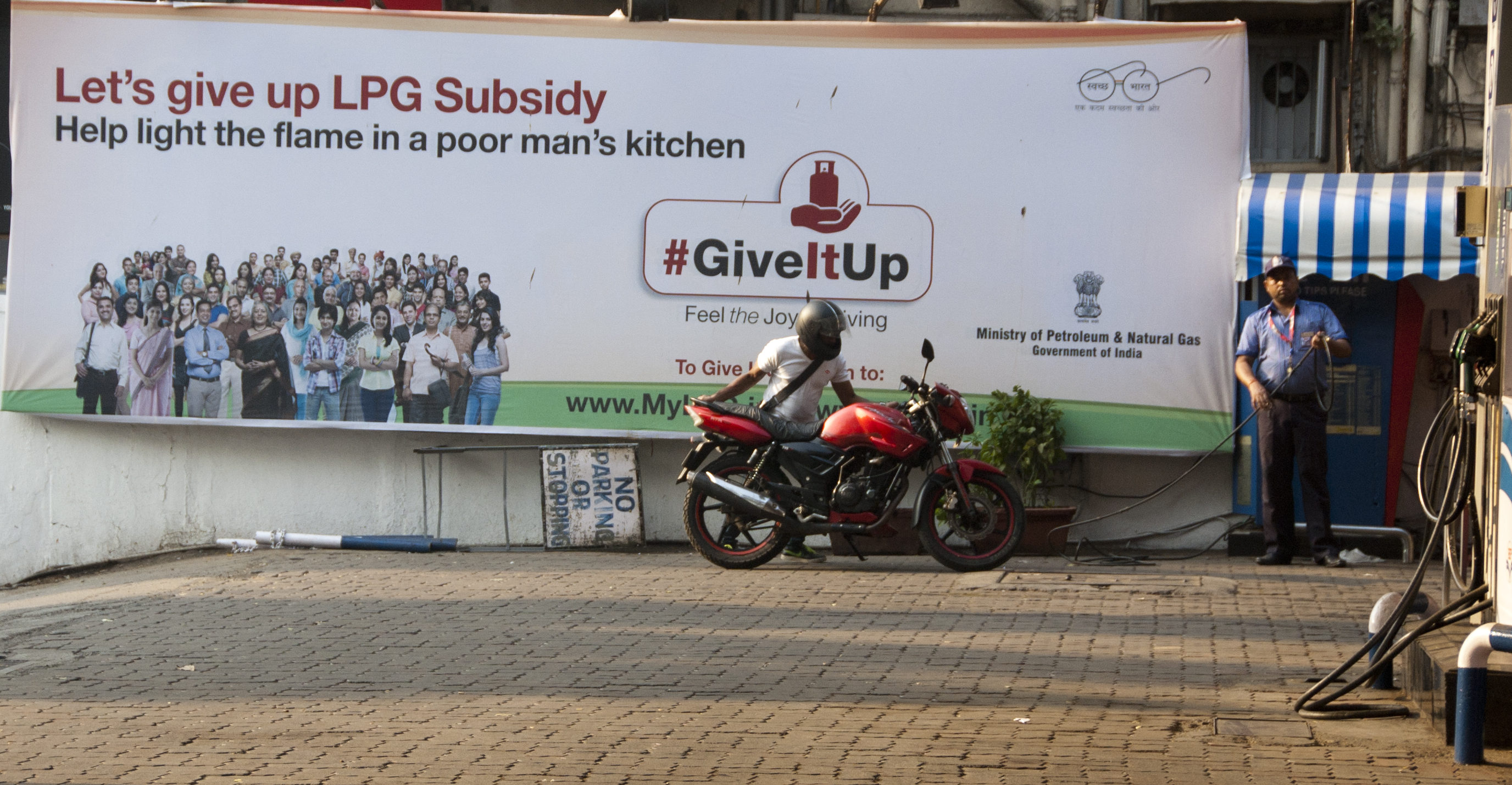Cuando el dueño de la tienda de abastos Melchor Villanueva se inclina sobre el mostrador puede ver todo su mundo bajo sus manos. El vidrio del mostrador muestra fotos de su comunidad: jóvenes futbolistas, jóvenes vestidas con sus mejores galas para sus fiestas de quince años, y pescadores con pañuelos contra el sol. Muchos descienden de los supervivientes del huracán Janet, que en 1955 mató a una tercera parte de la población de Xcalak, una ciudad costera en la frontera de México con Belice, y destruyó las plantaciones de cocoteros del pueblo. “Acá dejó solo arena”, recuerda Villanueva. Continue reading Ensayo y error en un pueblo playero de México
Tag Archives: Development
Palliative care: The other opioid issue
When pharmacologist Ravindra Ghooi learned in 1996 that his mother had terminal breast cancer, he began to investigate whether he could obtain morphine, in case she needed pain relief at the end of her life. But a morphine prescription in India at that time, even for the dying, was a rare thing: most states required four or five different licences to buy painkillers such as morphine, and there were harsh penalties for minor administrative errors. Few pharmacies stocked opioids and it was a rare doctor who held the necessary paperwork to prescribe them. Ghooi, who is now a consultant at Cipla Palliative Care and Training Centre in Pune, used his connections to ask government and industry officials if there was a straightforward way of obtaining morphine for his mother. “Everybody agreed to give me morphine,” he recalls, “but they said they’d give it to me illegally.” Continue reading Palliative care: The other opioid issue
Tropical disease: A neglected cause
He didn’t know it at the time, but when chemist Matthew Todd posted a request for help on The Synaptic Leap, a website devoted to open-source biomedical research, he was sowing the seeds for a rivalry between an open initiative and a contract-research organization hired by the World Health Organization to reach the same goal.
The aim of both projects, run in 2010, was to produce a safer, low-cost version of praziquantel, a treatment for the tropical parasitic infection schistosomiasis. Up until that point, the treatment contained two enantiomers (mirror-image versions of the molecule that have slightly different properties) of praziquantel. One enantiomer has no effect on the parasite, but gives the drug a bitter taste. Eliminating this undesirable form could reduce side effects and help more patients to complete their treatment. The pure drug needed to be affordable. Todd, who is at the University of Sydney in Australia, thought that an open project was the best way to achieve this. “Open is very well-suited for neglected diseases,” he says. “The pay-off of secrecy is not very large.” Continue reading Tropical disease: A neglected cause
India’s energy subsidy slowdown
The hum of Gurumoorthy Sethuraman’s 10-horsepower (7.46 kW) irrigation pumps joins the murmur of nearby rivers in Arayapuram, India. Sethuraman, an experienced and successful farmer, plants alternating crops of rice and pulses each year in the southeast Indian state of Tamil Nadu. This bounty has enabled his family to send several of his grandchildren to study abroad in the United States and United Kingdom. Yet, by law, he and other commercial agriculture enterprise owners are not required to pay the utility that powers the 60 or so wells that irrigate his 15 hectares of land.
Continue reading India’s energy subsidy slowdown

